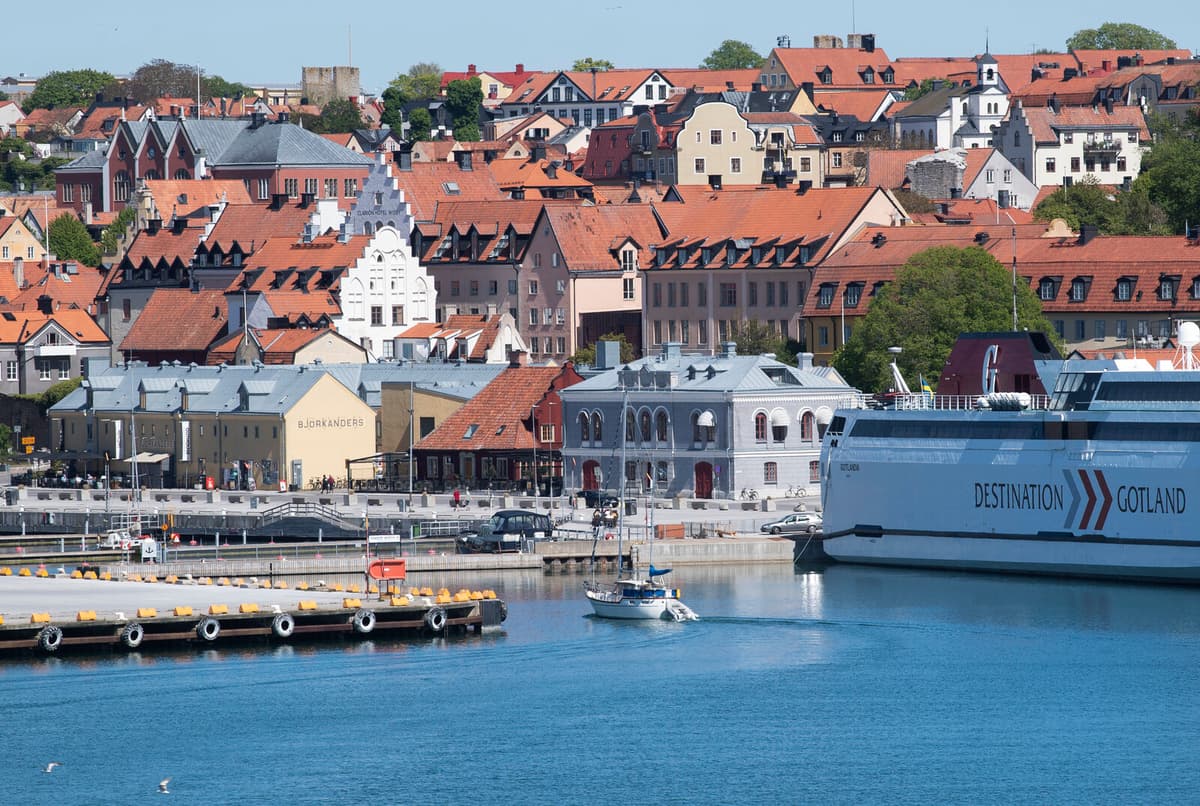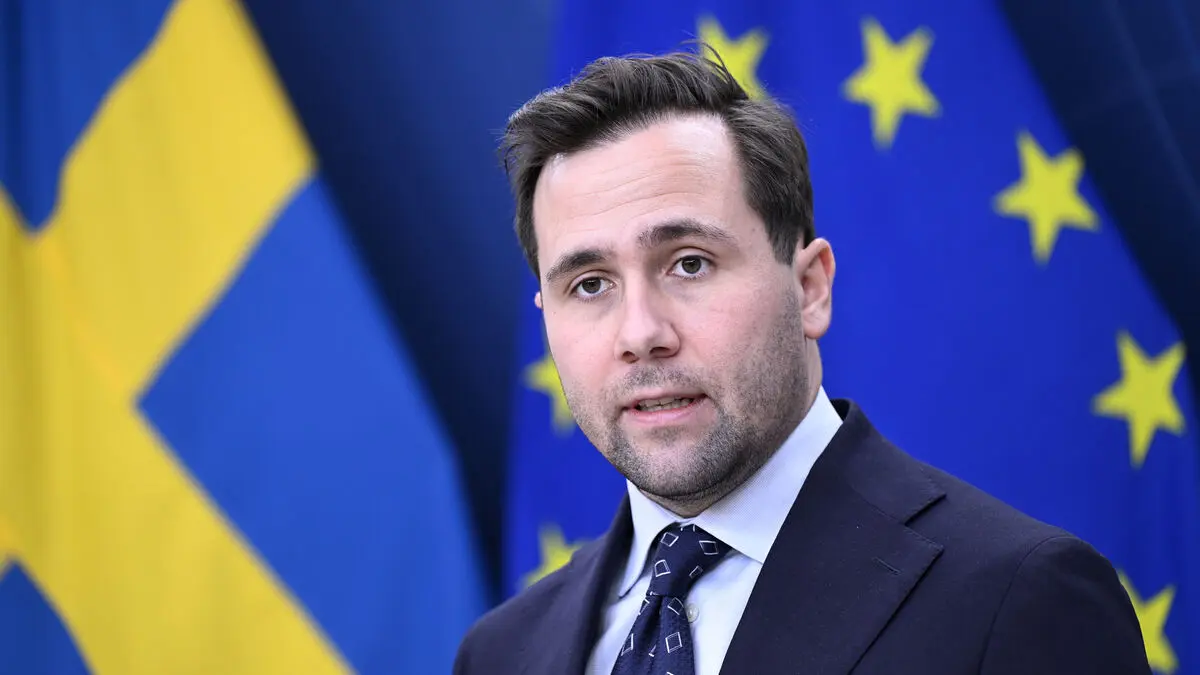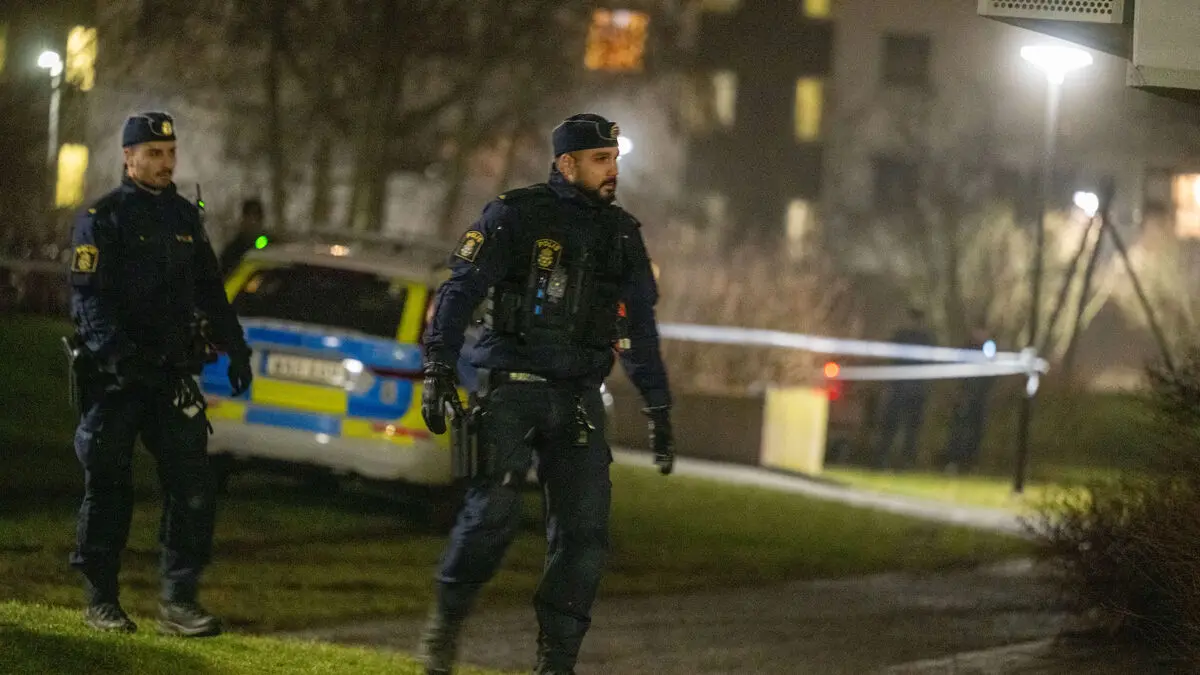Just in time for the summer, the debate about a special tourist tax has started again. In Europe – and in Sweden.
Although the tourism industry, according to calculations, generated 69.5 billion kronor in tax revenue in 2023, a lot of other things are also connected to a large influx of tourists: congestion, wear and tear, high prices, and extra expenses for the municipalities.
According to Anna Wallén, chief of business policy at the tourism industry's trade organization Visita, a tourist tax would have a negative economic effect because it leads to higher prices and thus fewer visitors and reduced consumption. Hotels, restaurants, and trade are the industries that risk being hit the hardest.
We understand that there are local challenges. But what we see is that a tax is not a solution to those problems, says Anna Wallén.
Positive net effects
In a new report, the trade organization has looked at the revenue – and expenses – for the tourism industry in Borgholm, Malung-Sälen, Stockholm, Strömstad, and Åre. In the report, Visita claims that tourism contributes to positive net effects in all five of the surveyed municipalities.
In Strömstad, the cost coverage rate – that is, the relationship between tourism-related tax revenue and costs – amounts to 455 percent, for example.
In other words: the revenue that tourism generates exceeds the costs by almost five times in Strömstad.
This is explained, among other things, by the fact that tourists primarily use infrastructure such as roads, water, and sewage, but not the most expensive municipal core activities such as education, elderly care, or social services.
Imbalance between the state and the municipality
At the same time, Wallén means that there is an imbalance between what the state earns from tourism compared to what the municipalities earn.
Tourism generates a lot of tax revenue. But two-thirds of them go to the state.
In an attempt to benefit the municipalities, Visita proposes a number of measures. Including a form of VAT redistribution where a share of the state VAT generated by tourism is returned to the municipality where consumption takes place.
If one percent is returned, it would correspond to approximately 20 million kronor in revenue in these five case study municipalities, says Anna Wallén.





